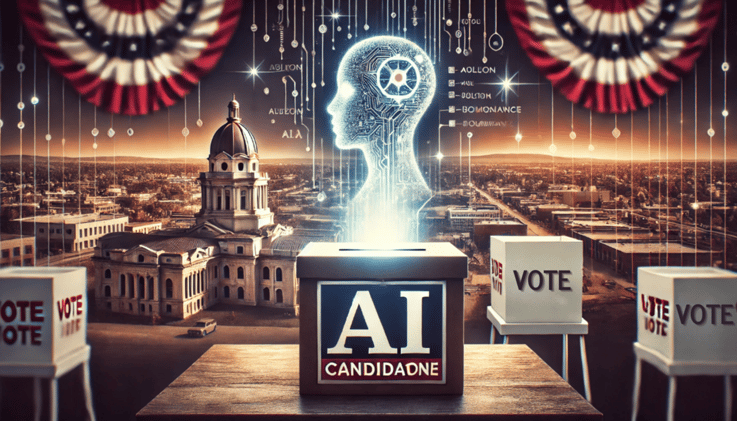Artificial Intelligence (AI) and Geoscience may seem like disparate fields at first glance. One is steeped in the world of algorithms and computational models, while the other delves into the study of Earth and its many phenomena. However, when these two fields intersect, the results can be nothing short of revolutionary.
This is the exciting crossroads where we find ourselves today, as AI technologies are increasingly being applied to geoscience, opening up new possibilities for understanding and interacting with our planet.
The Advent of Large Language Models (LLMs)
One of the most transformative developments in AI in recent years has been the advent of Large Language Models (LLMs). These are AI models designed to understand, generate, and engage with human language in a way that is remarkably similar to how humans do. They are trained on vast amounts of text data, learning patterns, structures, and nuances of language that enable them to generate coherent and contextually appropriate responses.
The K2 Language Model, a large language model specifically designed for geoscience, represents a significant leap forward in the application of AI to geoscience. LLMs like K2 have shown great promise in various applications, including text summarization, question answering, and language translation.
The Potential Impact of AI in Geoscience
The potential impact of AI and LLMs like K2 in the field of geoscience is immense. From predicting natural disasters to interpreting complex geological processes, the applications are as diverse as they are transformative.
- Predicting Natural Disasters: AI can help us better understand the patterns and causes of natural disasters such as earthquakes, hurricanes, and wildfires.
- Interpreting Complex Geological Processes: LLMs like K2 can assist in analyzing complex geological data, helping us to better understand the Earth’s systems and processes.
The Development of the K2 Model
The K2 model was developed using a combination of natural language processing (NLP) techniques and machine learning algorithms. The model is trained on a large corpus of text data related to geoscience, including research papers, articles, and books.
The GeoSignal Dataset
To further improve the performance of the K2 model, a dataset called GeoSignal was created. This dataset contains a wide range of geological signals, including seismic data, magnetic field measurements, and temperature profiles.
The GeoBenchmark
The GeoBenchmark is a tool designed to evaluate the performance of AI models in geoscience. It provides a clear and objective measure of how well an AI model is performing in the context of geoscience.
The Future of AI in Geoscience
Looking ahead, the future of AI in geoscience is bright. As we continue to refine and develop models like K2, we can expect to see even more sophisticated applications, greater accuracy in predictions, and deeper insights into our planet’s processes.
- Democratizing Geoscience: With tools like the K2 model, complex geoscience knowledge can be made accessible to a wider audience, fostering greater understanding and appreciation of our planet.
- Advancements in Predictive Modeling: AI models like K2 will continue to improve predictive modeling capabilities, enabling us to better anticipate and prepare for natural disasters.
- Increased Collaboration: The intersection of AI and geoscience has the potential to bring together researchers from diverse fields, leading to new discoveries and innovations.
Conclusion: The Next Frontier
The intersection of AI and geoscience is not just a meeting point of two fields; it’s a launching pad for a new era of exploration and understanding. With tools like the K2 model, we’re making geoscience knowledge more accessible, fostering a greater understanding and appreciation of our planet.
For those interested in exploring this exciting field further, I recommend delving into the original research paper: ‘Learning A Foundation Language Model for Geoscience Knowledge Understanding and Utilization’.
This paper provides a comprehensive overview of the K2 model, the GeoSignal dataset, and the GeoBenchmark, and offers a deeper dive into the exciting possibilities of AI in geoscience.
https://paperswithcode.com/paper/learning-a-foundation-language-model-for




